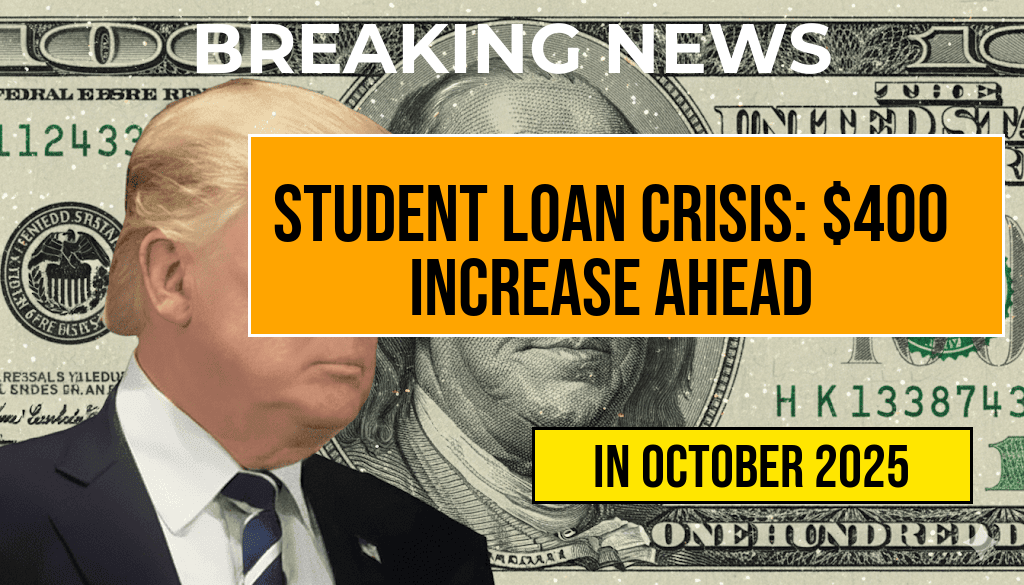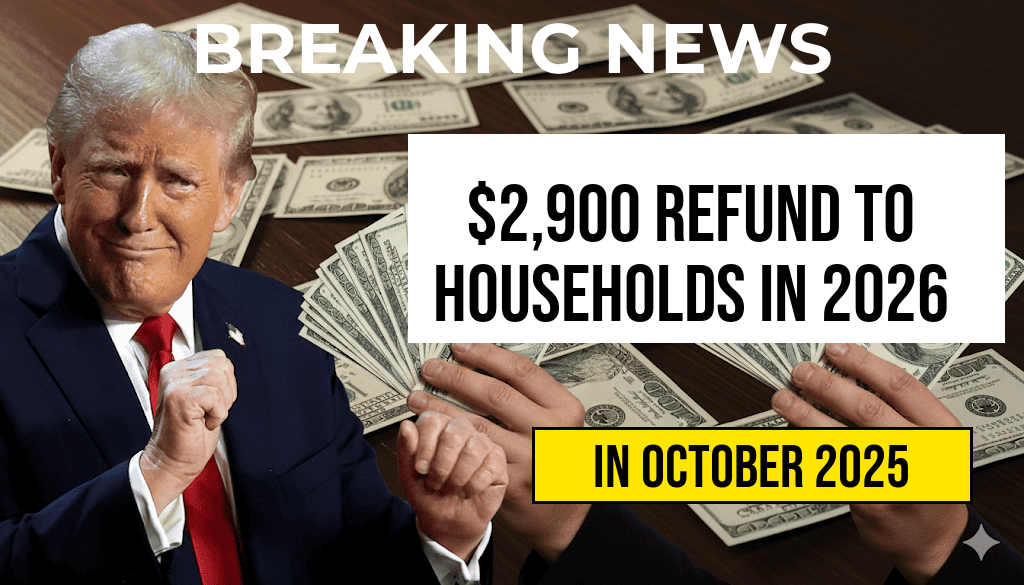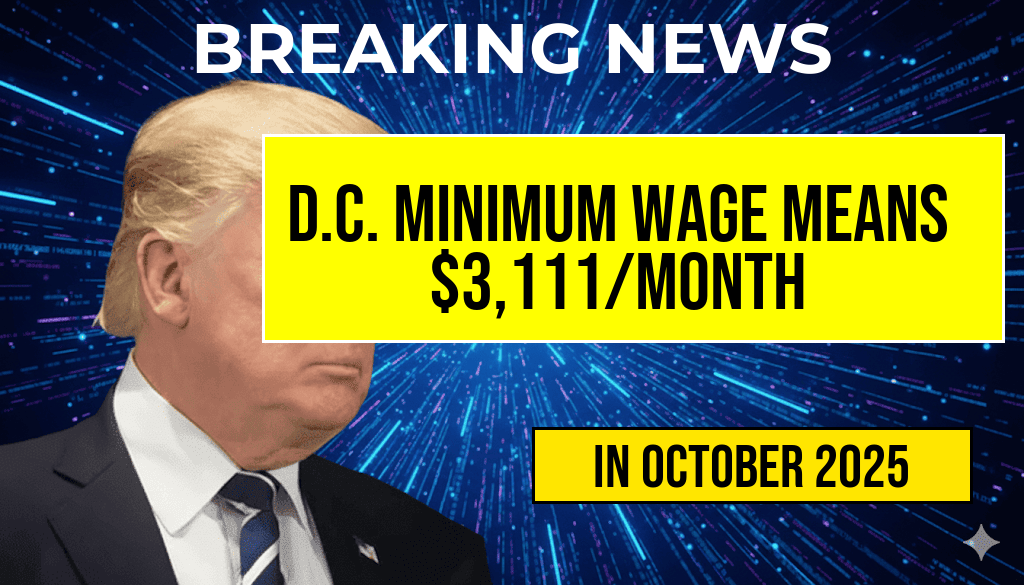Millions of student loan borrowers across the United States are bracing for a significant financial impact as proposals to resume and modify repayment plans threaten to increase monthly payments by as much as $400. This potential shift stems from the gradual rollback of pandemic-era relief measures and changes to income-driven repayment options, which could disproportionately affect borrowers based on income, loan balances, and employment status. Experts warn that this upheaval could exacerbate financial stress for vulnerable groups, including recent graduates, low-income workers, and those in public service. Meanwhile, policymakers debate the pace and scope of reforms, with some advocating for targeted relief while others push for broader restructuring. As discussions unfold, affected borrowers and advocacy groups are urging clarity and safeguards to mitigate the fallout of rising payments.
Understanding the Coming Changes in Student Loan Repayments
Federal student loan borrowers have enjoyed a pause on payments and interest accrual since March 2020, amid the COVID-19 pandemic. However, with the expiration of the federal student loan pause expected to take effect in the coming months, many are preparing for a surge in monthly repayment amounts. The Department of Education has proposed adjustments to income-driven repayment (IDR) plans and other relief measures, which could lead to increases of $300 to $400 in monthly payments for millions. These changes are driven by a combination of factors, including the resumption of interest accrual, recalibration of income thresholds, and the end of forbearance periods.
Who Will Be Affected First?
The initial wave of impacted borrowers will likely include those with:
- High loan balances—particularly those nearing the forgiveness threshold or with large undergraduate and graduate debt loads.
- Lower-income borrowers—especially those who rely heavily on income-driven plans and have limited disposable income.
- Recent graduates—who often face unstable employment and may not have had time to build savings.
- Public service workers—whose loan forgiveness options could be affected if repayment plans change.
According to data from the Federal Reserve, about 45 million Americans hold federal student loans, with a significant portion (roughly 20 million) expected to see increased monthly payments once the pause lifts. Borrowers with variable income or employment in sectors vulnerable to economic shifts—such as hospitality, retail, or gig work—are especially at risk of falling behind.
Factors Contributing to the Payment Increase
End of Pandemic Relief Measures
The pandemic-era forbearance provided temporary relief, halting payments and interest accrual, effectively reducing monthly costs for many. As these protections expire, interest begins to accrue again, increasing the total amount owed and, in some cases, pushing monthly payments higher under income-driven plans that recalibrate based on debt and income levels.
Revisions to Income-Driven Repayment Plans
The Biden administration has proposed modifications to IDR plans aimed at simplifying repayment options and reducing forgiveness timelines. However, these changes may result in higher monthly bills for some borrowers, especially those with fluctuating incomes or who previously benefited from lower payment caps. Critics argue that without adequate safeguards, these reforms could impose unsustainable financial burdens.
Interest Accrual and Loan Recalibration
| Income Level | Loan Balance | Estimated Monthly Payment Increase |
|---|---|---|
| Below 150% of poverty line | $20,000–$50,000 | Potential increase up to $150 |
| 150%–300% of poverty line | $50,000–$150,000 | Potential increase up to $300–$400 |
| Above 300% of poverty line | $150,000+ | Likely higher, depending on income and plan |
Impact on Borrowers and Broader Economy
The impending increase in student loan payments threatens to tighten financial stability for many households. Borrowers already struggling with other debts or facing job insecurity may find it difficult to meet higher monthly obligations, potentially leading to increased default rates. This could have ripple effects on credit markets and consumer spending, further slowing economic recovery.
Financial counselors warn that for some, the rise could mean delaying major life decisions such as purchasing a home, starting a family, or saving for retirement. Conversely, advocates argue that reforms are necessary to ensure the sustainability of federal lending programs and to promote responsible borrowing.
Policy Debates and Future Outlook
Congress and the Biden administration remain divided over the best path forward. Some legislators push for extending relief measures or implementing targeted forgiveness programs, while others emphasize the need for structural reforms to prevent future crises. The Education Department has indicated that, barring new legislation, repayment will resume as scheduled, with some borrowers facing steep increases.
Borrowers are encouraged to review their repayment options and consider refinancing or consolidating loans where feasible. Resources such as studentaid.gov offer guidance on navigating upcoming changes and understanding eligibility for income-driven plans.
As the landscape evolves, staying informed and proactive will be crucial for borrowers seeking to minimize financial hardship amid the shifting policy environment.
Frequently Asked Questions
What is causing the increase in student loan payments?
The recent student loan crisis is primarily due to changes in repayment plans and interest rate adjustments, leading to an average $400 monthly payment increase for many borrowers.
Who will be affected first by the upcoming payment increases?
Borrowers with federal student loans in repayment plans that are tied to income or fixed rates are expected to face the first and most immediate impact of the payment hikes.
How will the increased payments impact borrowers financially?
The monthly payment increase can strain household budgets, potentially leading to higher default risks, financial stress, and the need to seek alternative repayment options.
Are there any measures available to help borrowers cope with the rising costs?
Yes, borrowers can explore income-driven repayment plans, deferment, forbearance, or loan forgiveness programs to manage the increased payments and reduce financial burden.
What can policymakers do to address the student loan crisis?
Policymakers can consider loan forgiveness, interest rate reductions, or payment restructuring initiatives to alleviate the impact of rising payments and support borrowers facing financial hardship.










